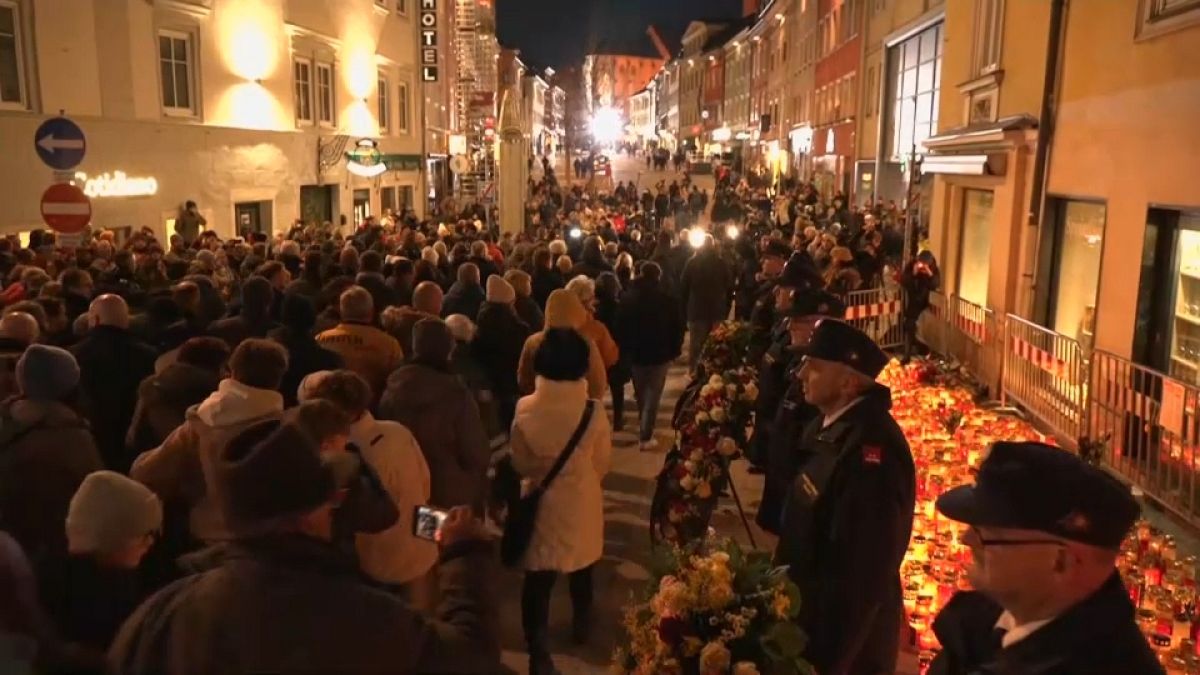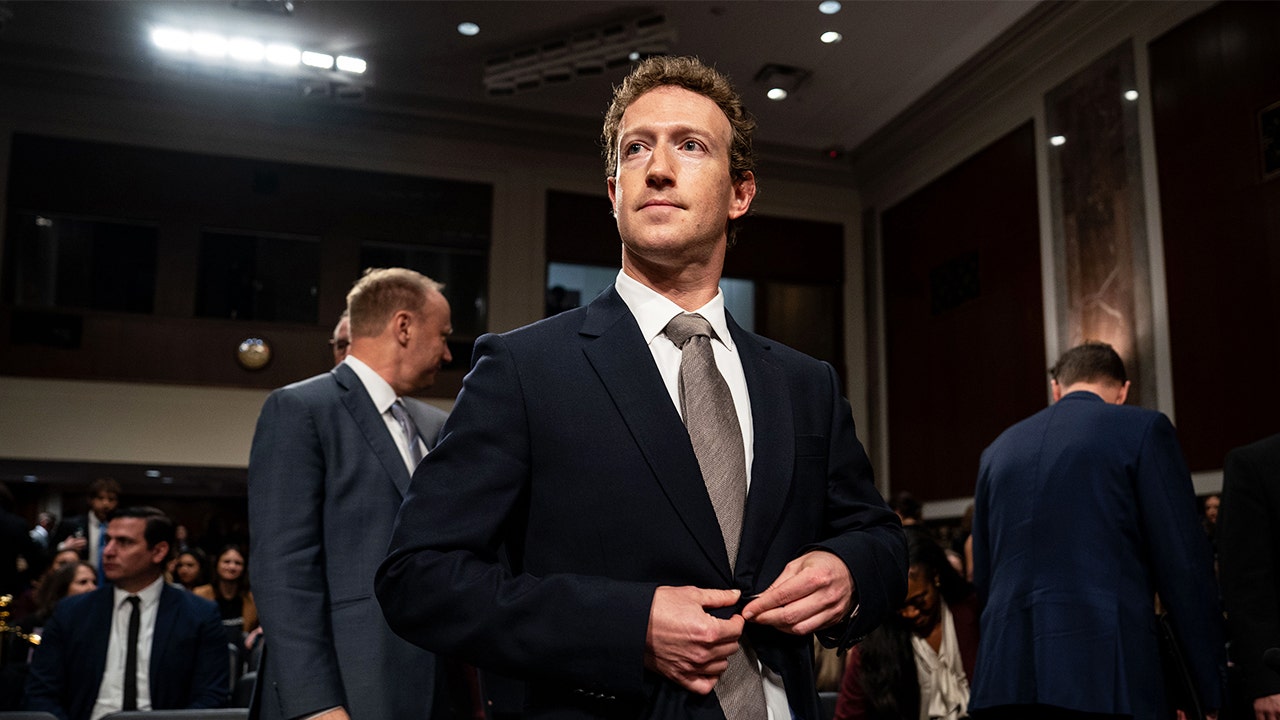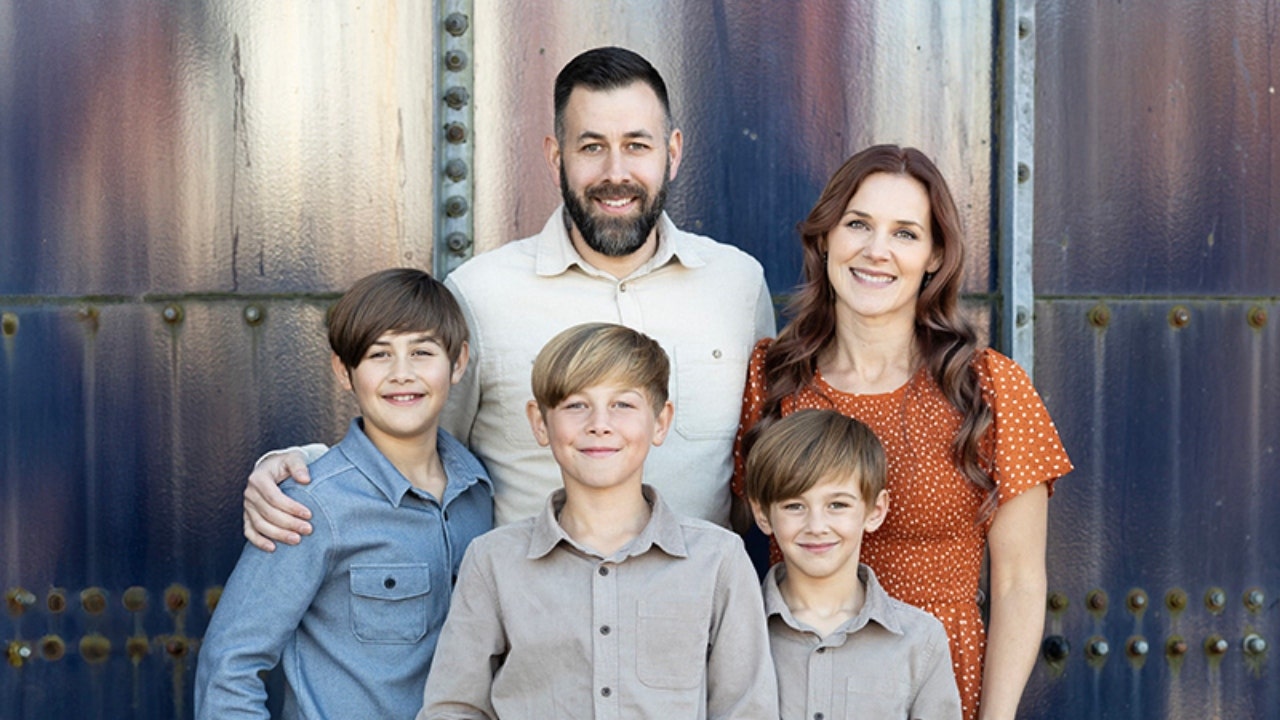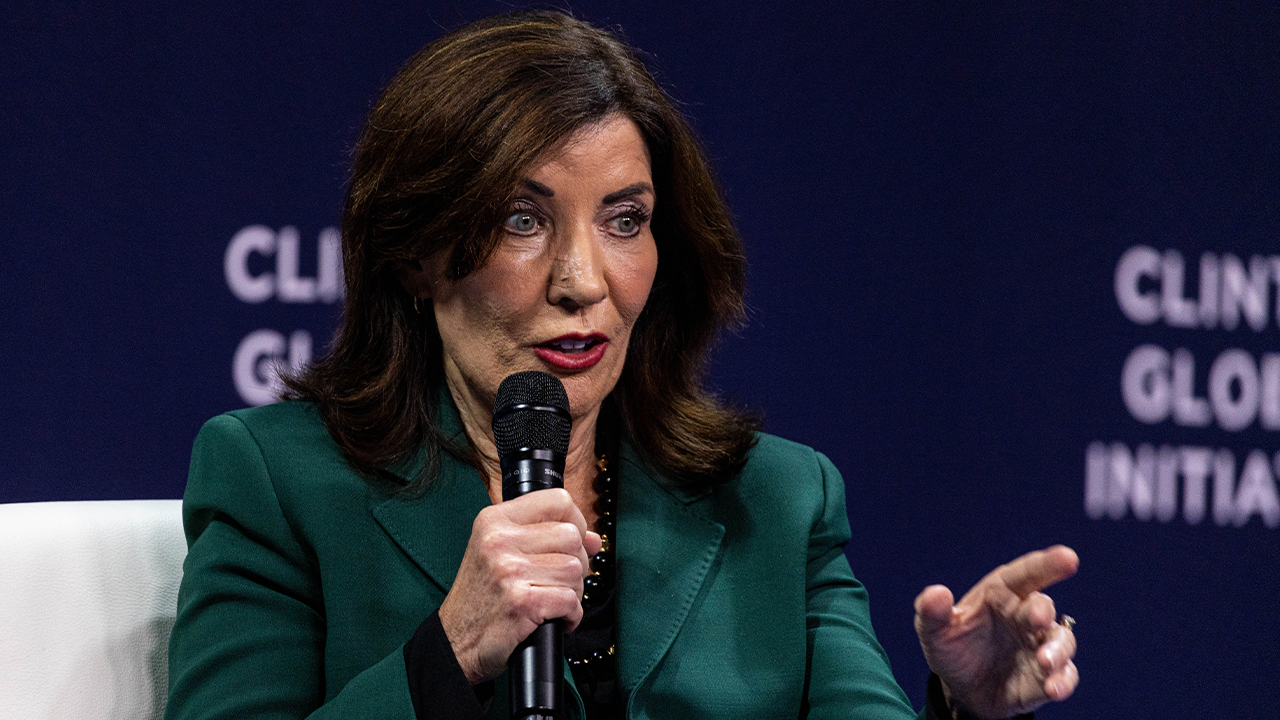Some things end not with a bang but with a whimper, as TS Eliot once wrote.
And so it sadly goes with the Metro-North Quiet Car program, a popular feature that began in 2011 and was suspended during the pandemic.
Now, it looks like commuters will never enjoy that blissful silence again.
“Hey @MetroNorth how about bringing back the ‘quiet car’ — there are many frequent riders who do not want to be in everyone’s Zoom or conference call #quietcar #courtesy #bringitback,” Christopher Vollmer, the Managing Director at MediaLink, tweeted last month.
The official Metro-North account response was polite but devastating: “I’m sorry, but we do not have plans on restoring the Quiet Car program at this time. Thank you.”
The end of the Quiet Car makes me want to scream — or at least loudly sigh — into the void.
It departs at a time when it’s never been needed more.
In the last few years, the noise level seems to have shot up on my rides from Grand Central to Tarrytown and back, with passengers regularly FaceTiming, making loud business calls and watching videos on the train — all without headphones.
Telemedicine call with your doctor about a strange rash you’re experiencing? Let’s put that on speakerphone. Watching a zany YouTube video of cats fighting each other in the street? Definitely turn up the volume! And if you’re on a zoom call talking about your Quarter Four deliverables, make sure to raise your voice so that the people in the other car can hear too.
To add insult to injury, New Jersey Transit’s Quiet Car program is still going strong, and the LIRR still maintains its Quiet Car. But apparently Dobbs Ferry and Stamford — two of the many towns served by the commuter rail — can’t have nice things.
In its heyday, the Quiet Car was never really loudly advertised. It was simply understood by regular passengers that, during peak commuting hours, the last train car (heading into NYC) or the first (leaving NYC) was the designated car.
There were no signs, though it wasn’t unusual for commuters to sometimes write their own: a “SHHHHHHH!” or “QUIET!!!” message taped to the wall of the train.
It was sometimes included in the announcements, mentioned at the end in a “lastcaronthetrainisaquietcar” rush. Talking was allowed in a “library-like tone,” the exact terms of which were subject to a really wide range of commuter interpretation. Were whispers OK? How about a low murmur? It all depended on the crowd.
And if you were one of those passengers who hadn’t gotten the SHHHHHHH!! memo, fellow travelers were generally pretty quick to show you the error of your ways — sometimes in a very un-library-like tone.
As such, noisy types found the Quiet Car overly precious and uptight. A friend once sarcastically asked if they served scones with clotted cream in the cars, but those of us in the know knew it was meditative to be able to count on a bit of quiet as the Hudson River rushed past.
“In the mornings, especially in winter, the quiet car was a place to cuddle under your winter coat and catch a few minutes of extra sleep — unless you snore, of course,” said research analyst Jamye Starr, a Bedford resident who used to commute regularly from Philipse Manor into the city. “Maybe [taking the Quiet Car away] is a way of forcing people to drive into the city and pay the congestion tax!”
“I will miss the genteel shushing and lack of unabashed speaker use,” added Brian Gottlock of Sleepy Hollow. “The MTA is mistaken if it thinks that taking away the Quiet Car doesn’t factor into my decision as to whether to commute in on a stressful day!”
Sometimes the citizen-policing of the Quiet Car could turn into angry rumblings and loud sighs by the self-appointed enforcers. It is New York, after all, and even our silence must be tinged with aggression.
After a loud passenger had been chased off to another car, those who remained would nod at each other with silent, self-approving nods of camaraderie.
The fanatical pro-Quiet Car enthusiasm of many passengers was also a part of its charm. It is now relegated to the annals of Metro-North history alongside other wildly popular things that commuters loved, such as the trackside Bar Cart, disbanded in 2016, and the Bar Car (RIP, 2014).
Time to stock up on noise-cancelling headphones.
Read the full article here















